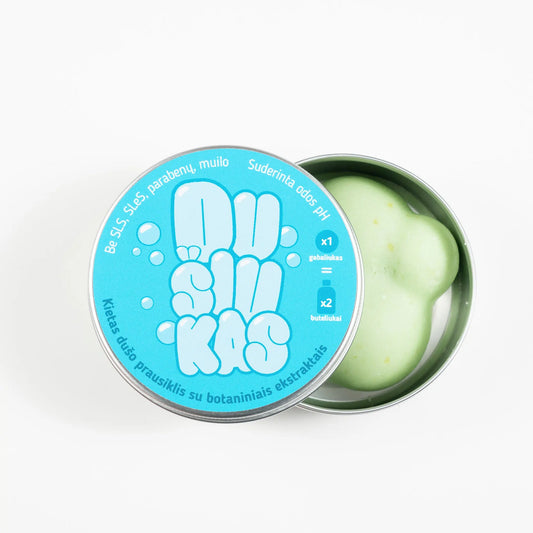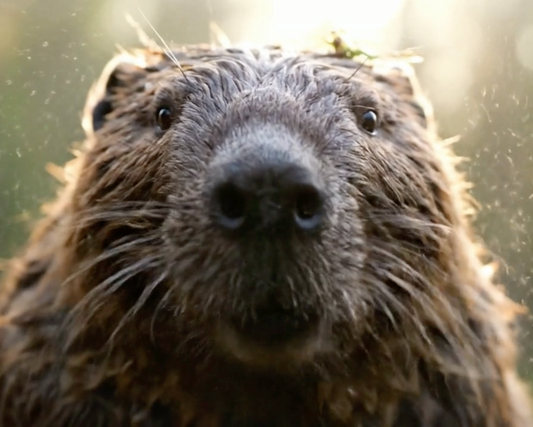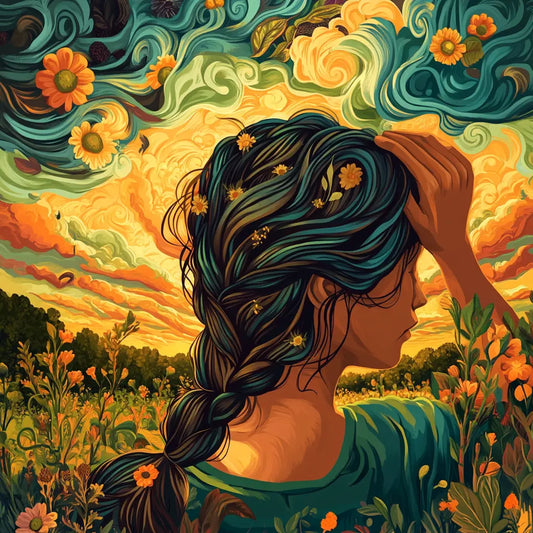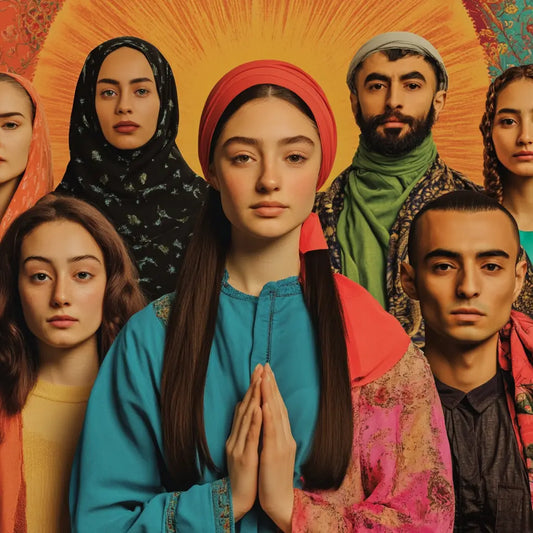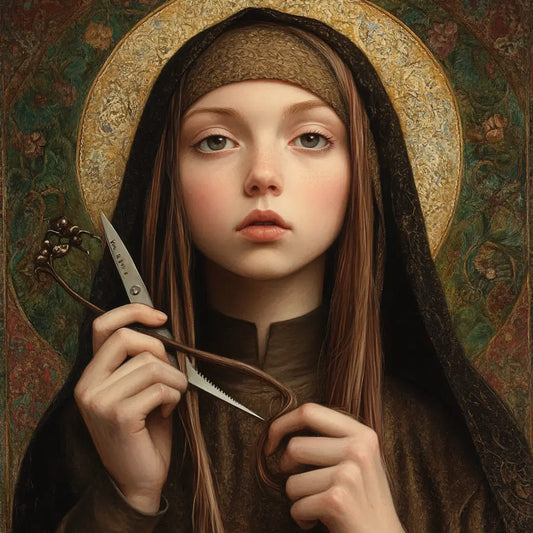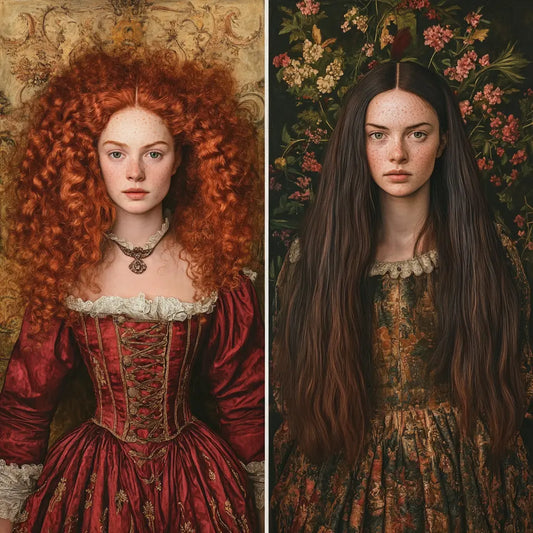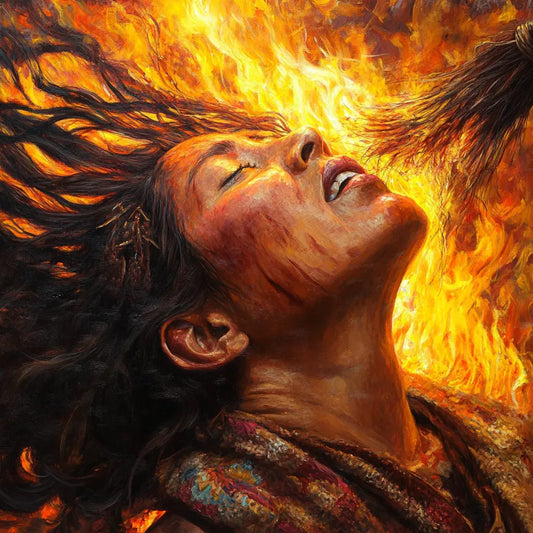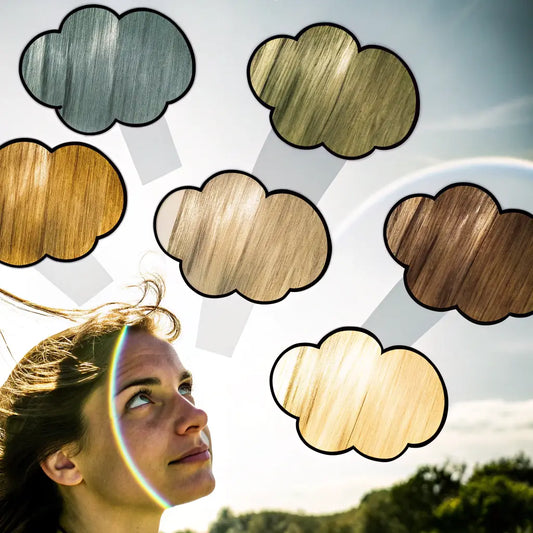Hair is not just a part of your appearance, it is also a deeply rooted cultural, spiritual and scientific symbol. For centuries, hair has been considered a symbol of power, fertility and identity in different cultures. From ancient Greece and Egypt to the present day, the role of hair in mythology and folklore is incredibly interesting and diverse. In addition to symbolism, there are many lesser-known facts and scientific studies about hair that reveal the amazing properties of hair. Whether it is the legendary strength of Samson or the terrifying appearance of Medusa, these stories reveal what hair really means and what science tells us about it today. Let's explore the universal symbolism of hair across cultures and learn some lesser-known facts that will surely surprise and inspire you.

Hair symbolism in mythology
Hair has always been a powerful symbol, representing strength, identity, fertility, and even punishment across cultures. In mythologies, hair stories often have deep, hidden meanings.
Hair as a symbol of power and strength
Throughout history, hair has been closely associated with strength. One of the most famous examples is Biblical Samson . His extraordinary strength was linked to his uncut hair, which symbolized his Nazirite vow. When Delilah cut Samson's hair, he lost his power. However, the real meaning lies in the spiritual connection - his hair was a symbol of his connection to God.

Another example is Jellyfish from Greek mythology. Her hair was not only a symbol of power, but also a source of fear. Her head was covered with snakes, and anyone who looked directly at Medusa turned to stone. Medusa's hair symbolized her curse, which gave her the power to control her enemies through fear.

- Interesting fact: Did you know that hair that is as long as 2.25 meters , belongs to Chinese woman Xie Qiuping? She has had the world's longest hair since 2004 Guinness World Record . Her hair symbolizes patience and dedication, which can also be considered a form of power.
Numbers: Hair grows about 1.25 centimeters per month, or approximately 15 centimeters per year. If you never cut your hair, it would take about 13 years for them to reach the length of Xie Qiuping's hair!
- Research: A 2014 study published in the journal Evolution and Human Behavior , found that hair length in women affects perceived attractiveness. The results of the study showed that longer hair is often associated with greater fertility and youth, linking the symbolism of hair with power, as it was in myths.
Hair as a symbol of fertility and vitality
In many cultures, long hair is associated with fertility, health, and vitality. In Hindu mythology long hair symbolizes fertility and life force. Goddesses such as Parvati is often depicted with long, thick hair, which reflects her nurturing ability and sexual power.

Native American folklore Hair has spiritual significance. Long hair is considered a person's connection to the earth and ancestors. Hair cutting is often done during mourning or to mark important life changes, symbolizing loss or transformation.
- Interesting fact: Ancient Egypt Both men and women wore wigs, which were made from human hair or plant fibers. Wigs symbolized not only status, but also fertility and health. Some wigs weighed as much as 3 kilograms !

Numbers: Hair is made up of 95% keratin , a protein that is also found in your nails and skin. A single strand of hair can withstand up to 100 grams weight, and a whole head of hair can withstand up to 12 tons – that’s the weight of two elephants! It’s not for nothing that hair is considered a symbol of strength.
- Research: A study by anthropologists has revealed that in many cultures, long hair in women is associated with greater reproductive potential. In some South American tribes, women grow long hair to show that they are ready to become mothers.
Hair as a symbol of identity and status
Hair also reflects identity and status in mythologies and historical contexts. Ancient Egypt Wigs and elaborate hairstyles indicated a person's place in society. Pharaohs and queens wore elaborately styled wigs to show their superior status. The ancient Egyptians believed that their gods, such as Ra and Isis also has perfect hair, which symbolized her divine nature.

In many African cultures Hair is a form of personal and cultural expression. Intricate braids and patterns are often used to indicate social status, age, or even marital status. For example, In Nigeria Yoruba The tribe has been using hair to express spiritual beliefs for centuries.
- Interesting fact: Marie Antoinette was famous for her impressive hairstyles, which sometimes reached up to 60 centimeters Her extravagant hairstyles were used to demonstrate power, wealth, and influence in 18th-century France.
Numbers: On average, a person has about 100,000–150,000 hairs on the head, and the amount of hair depends on its color. Blondes usually have the most hair strands, and redheads the least.
- Research: A 2011 study published The Journal of Social Psychology , found that hair color influences social perceptions. For example, blondes are often perceived as younger and friendlier, while brunettes are perceived as more intelligent. This study highlights the important role hair plays in shaping identity.

Myth debunking and interesting facts
Let's take a look at some lesser-known facts and debunk common myths about hair in mythology, culture, and science:
- Myth: A haircut makes your hair grow faster.
Fact: Hair grows from the roots, not the ends. Cutting your hair doesn't make it grow faster, but it helps prevent split ends and keep your hair healthy. - Myth: Samson's strength lay only in his hair.
Fact: Samson's strength was linked to his Nazirite vow, which included not cutting his hair. The hair itself was a symbol of spiritual connection. - Fact: The average lifespan of a single strand of hair is about 2-7 years , depending on the hair growth cycle. During this time, each hair grows, rests, and eventually falls out.
- Interesting fact: Did you know that hair is the second fastest growing body part after bone marrow?
- Interesting fact: Scientists believe prehistoric humans had similar hair growth patterns as chimpanzees , having thick body hair. However, through evolution, humans have lost most of their body hair as they adapt to climate change.
Practical tips for healthy and strong hair
Since hair symbolizes strength and vitality, taking care of it is important to maintain its health. Here are some research-backed tips to keep your hair strong and beautiful:
- Eat protein-rich foods: Hair is made up mostly of keratin, which is a protein. Eat protein-rich foods like chicken, fish, beans, and eggs to improve hair growth and strength.
- Avoid chemicals: Try to use hair care products without sulfates, parabens, and silicones, as these substances can damage your hair and dry out your scalp.
- Limit the heat: Excessive heat from straightening irons or blow dryers can weaken hair proteins. Use heat protectants and minimize the use of hot styling tools.
- Trim regularly: Although trimming doesn't increase the rate of growth, it does eliminate split ends and keeps your hair healthy.
- Moisturize: Moisture is important for hair follicles. Drink at least 2 liters of water per day to keep your scalp and hair hydrated.
- Interesting fact: Studies show that scalp massages can improve blood circulation and promote hair growth. 2016 study showed that daily scalp massage increased hair density within 24 weeks.

Frequently Asked Questions (FAQ)
1. Can stress cause hair loss?
Yes, stress is one of the main causes of hair loss. Studies show that chronic stress causes a condition called telogen effluvium, which causes hair to fall out prematurely.
2. Does gray hair indicate poor health?
Not necessarily. Gray hair is usually a result of the natural aging process, where the pigment-producing cells in hair follicles gradually stop working.
3. How fast does hair grow?
On average, hair grows about 0.5 inch (1.25 cm) per month or so 6 inches (15 cm) per year.
4. Does braiding hair promote hair growth?
Braiding your hair does not increase the rate at which it grows, but protective hairstyles like braids can reduce breakage and maintain healthier hair.
5. Can hair hold DNA?
Yes, hair can retain DNA, but only if the hair follicle (root) is present. Hair strands without a follicle do not have nuclear DNA.
Conclusion
From mythological stories to scientific research, hair remains a powerful symbol of strength, vitality, and identity. Hair plays an important role in cultures around the world, representing much more than just beauty. From the stories of Samson and Medusa, we learn about the deep symbolism of hair, and modern research provides even more insight into the amazing properties of hair. Taking care of your hair can be a way to feel stronger and more confident in your everyday life.

